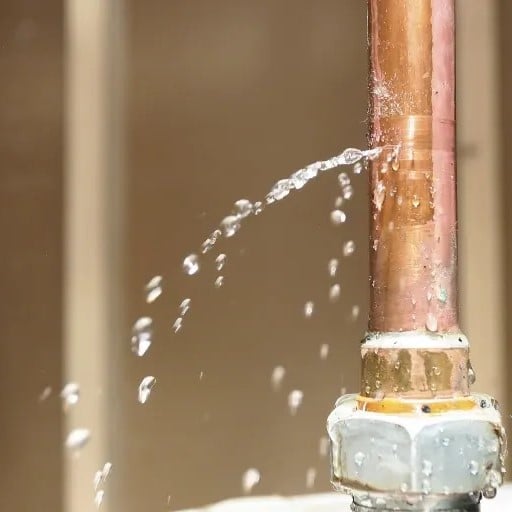Improper Installation

Improper installation can create immediate weaknesses in the piping and joints or lead to corrosion, which over time weakens the system. These can appear similar to issues resulting from a manufacturer’s defect in an area of piping.
We performed a causation investigation that involved a burst sprinkler system in an eight-story building, which was under construction. Our expert noted that only the sprinkler joints and heads on the second floor burst, while the others remained intact.
One might assume colder temperatures on the second floor caused this phenomenon. However, upon investigation it was established that the contributing cause was faulty installation within the second floor, which led to expansion fractures in the improperly constructed joints from frozen water, elbows and sprinkler heads. Specifically, the wrong materials were used. The pipes on the second floor were considered “exceptionally weak” and unable to withstand the pressure created from the ice damming that occurred inside the pipes.
Corrosion
Corrosion is perhaps the most common cause of weakness, specifically in copper piping. According to the Foundation of Water Research, copper inherently has protective films which get broken down by water that has a high pH (often referred to as ‘hard water’), but this is not the only cause of corrosion: Biofilms, a film housing bacteria inside the pipe, flux residues left in the pipe after installation or as a result of manufacturers defect; high velocity or changing direction of water movement can all contribute to the rate and severity of corrosion. Very low PH water (acidic water) can have the same corrosive effects. It can also occur if incompatible metals are used in contact with each other.
Biofilms, a film housing bacteria inside the pipe, flux residues left in the pipe after installation or as a result of manufacturers defect; high velocity or changing direction of water movement can all contribute to the rate and severity of corrosion. Very low PH water (acidic water) can have the same corrosive effects. It can also occur if incompatible metals are used in contact with each other.
When the pipe is corroding it is called ‘cuprosolvensy’, which means the dissolution of the copper surface. Cuprosolvensy becomes visible on the exterior of the pipe when white or blue growth develops, indicating weakened areas of the pipe (pinholes) or around the c-joints. If the corrosion occurs in the pipe itself, a pinhole may develop, which is visible from the outside of the pipe.
In newly constructed plumbing, an indication that corrosion is occurring typically manifests itself early on, as water may come out of the tap with a blue-ish hue and can taste metallic. Eventually, the white or blue build up will become evident on the exterior of the copper pipes (at the pinhole or at the joints) and even sometimes around the taps.
